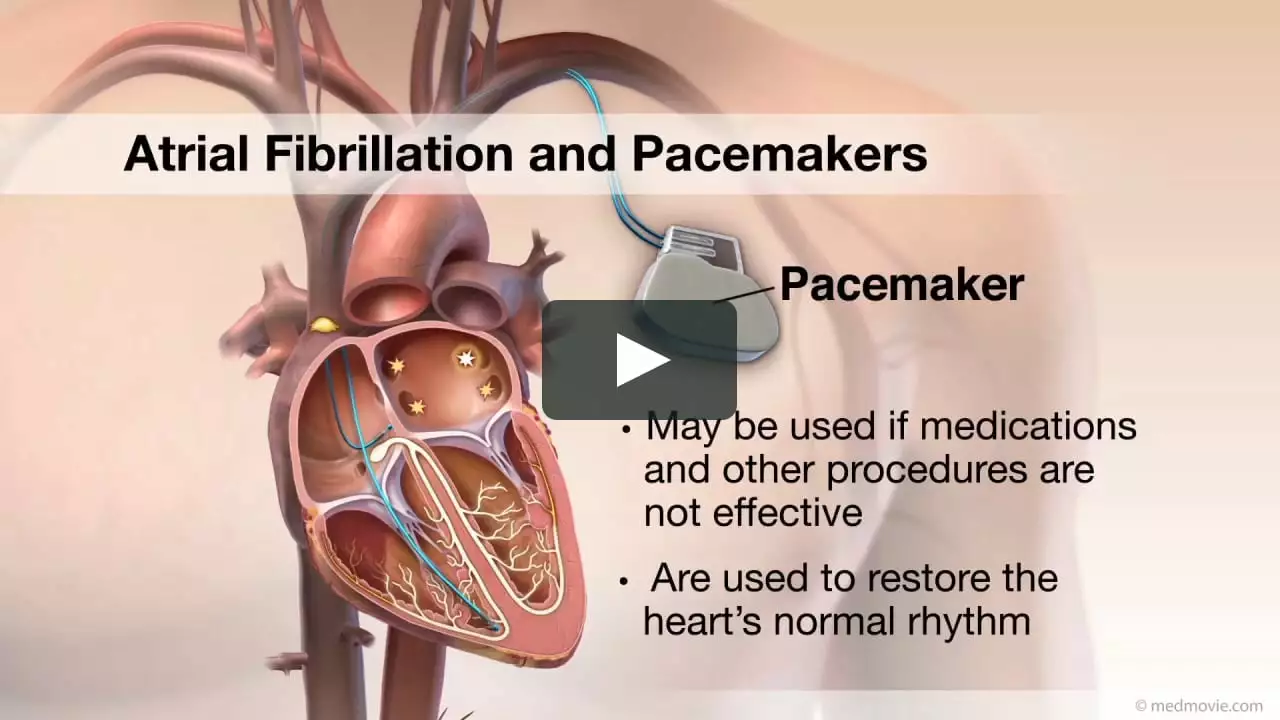Atrial Fibrillation: What It Is and How to Handle It
Most people hear the term “atrial fibrillation” or “AFib” and think it’s something only older folks get. The truth is, anyone whose heart beats irregularly can develop it. In simple terms, AFib is a condition where the upper chambers of your heart (the atria) beat fast and out of sync with the lower chambers. This mix‑up can make you feel jittery, tired, or short‑of‑breath, but there are clear ways to keep it under control.
Spotting the Signs of AFib
The first clue is often a fluttering feeling in your chest, like a rapid heartbeat that won’t settle. You might also notice sudden weakness, dizziness, or an odd “skipping” sensation when you exercise. Some people feel no symptoms at all and only discover AFib during a routine check‑up. If any of these pop up, especially if they last more than a few seconds, it’s smart to call your doctor.
Doctors usually confirm AFib with an EKG or a simple heart monitor that records the rhythm for a day or two. The test is quick and painless, and catching the condition early can prevent bigger problems like stroke. So don’t brush off weird palpitations – they’re often a sign your heart needs a closer look.
Practical Ways to Manage Atrial Fibrillation
First up: lifestyle tweaks. Cutting back on caffeine, alcohol, and nicotine can calm an over‑excited heart. Regular light exercise, such as walking or swimming, helps keep your heart strong without pushing it into a rapid rhythm. Maintaining a healthy weight also reduces the strain on your atria.
Medications are another big piece of the puzzle. Blood thinners like warfarin or newer options (apixaban, rivaroxaban) lower stroke risk by preventing clots from forming. Rate‑control drugs such as beta‑blockers or calcium channel blockers keep the heartbeat steady. In some cases, doctors may suggest rhythm‑restoring treatments like a cardioversion shock or catheter ablation.
Staying on top of monitoring is key. Many patients use wearable heart trackers that alert them to abnormal beats. Regular follow‑up visits let your doctor adjust meds and check for any complications. If you ever feel a sudden, severe drop in blood pressure, chest pain, or extreme shortness of breath, treat it as an emergency and seek help right away.
Finally, don’t forget the mental side. Living with AFib can be stressful, so talking to friends, family, or a support group helps keep anxiety low. Stress hormones can trigger episodes, so keeping a calm mindset is part of the treatment plan.
In short, atrial fibrillation is manageable when you know the signs, stick to simple lifestyle habits, follow medical advice, and keep an eye on your heart’s rhythm. With these steps, you can stay active and reduce the risk of serious complications.
Atrial Fibrillation vs. Atrial Flutter: What's the Difference?
As a blogger, I recently came across an interesting topic: the difference between atrial fibrillation and atrial flutter. It turns out that both of these conditions involve irregular heart rhythms, but they differ in their patterns and symptoms. Atrial fibrillation is characterized by rapid and disorganized electrical signals in the heart, while atrial flutter involves a more organized and regular pattern. Symptoms of atrial fibrillation can be more severe, and it's important to consult with a healthcare professional for proper diagnosis and treatment. Stay tuned for a more in-depth discussion on this topic in my upcoming blog post!
© 2025. All rights reserved.

